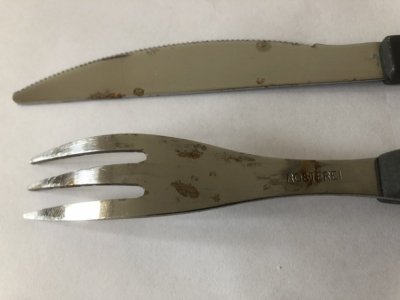Verisure
Senior Member
Lately, my stainless steel knives and forks have been coming out of the dishwasher with rust spots. I’ve been using the same machine for more than a year now and I use the correct salt and rinse liquid in the machine but since a few weeks ago …. ! There must be an explanation and a remedy, but what can it be?



